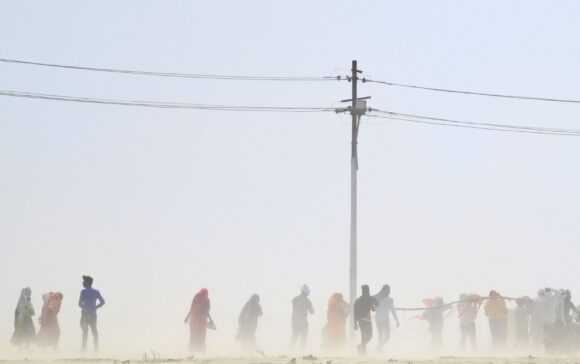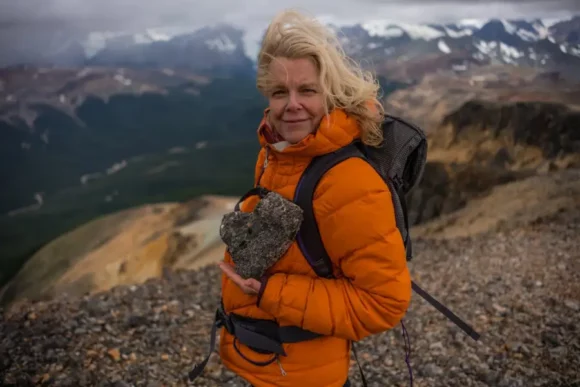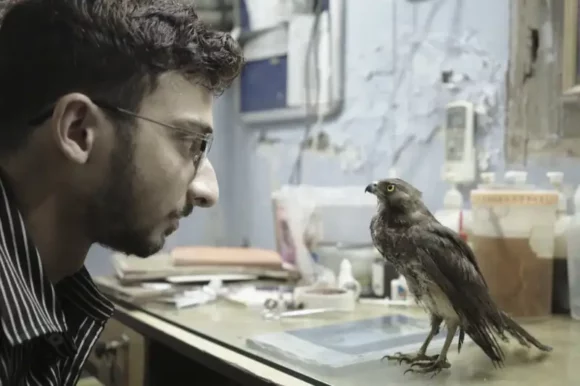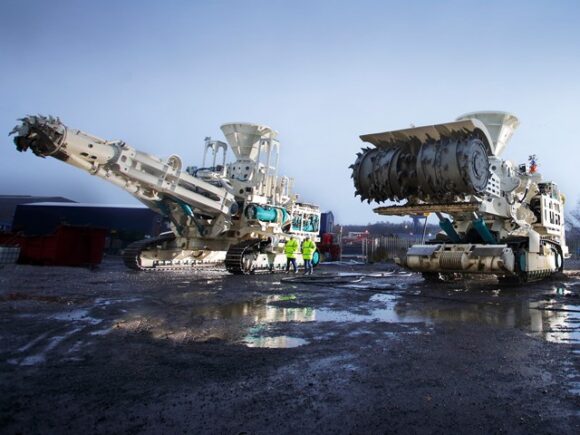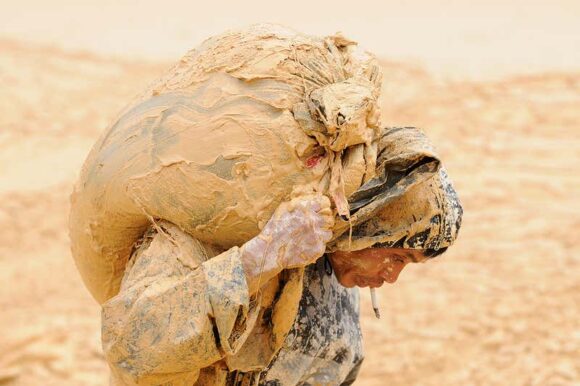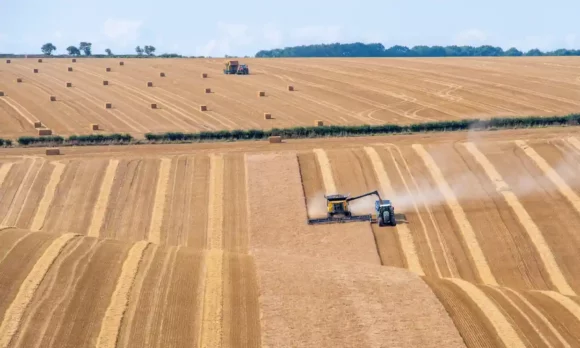
The farming crisis; for the Telegraph, 19 June 2022
It’s time for the UK to transform agriculture: to achieve levels of food security not contemplated since the Second World War; to capture fast-developing far eastern markets in meat and dairy while reducing (for reasons that are medically unclear) the amount of meat and dairy eaten at home; to achieve carbon neutrality by 2050; and to reintroduce the lynx and the wolf. All of this at once, in a manner that won’t add a further spike to people’s already spiking grocery bills, and preferably before the grain shortages triggered by Russia’s invasion of Ukraine complicate matters still further by lowering the gluten content and hence the quality of a British loaf, not to mention triggering a famine across the whole of north Africa.
Were all things equal (and they very much aren’t) we would still have a crisis on our hands. You only have to look out the window. Ninety-seven per cent of British wildflower meadows are gone, and we’re 44 million individual birds poorer than we were fifty years ago. The UK’s flying insect population has declined by about 60 per cent in the last 20 years.
This particular crisis doesn’t feel nearly as urgent as it should, thanks to what fisheries scientist Daniel Pauly has dubbed “shifting baseline syndrome” — our tendency, when we ask what nature should look like, to reference a period no more distant than our own childhoods.
It takes considerable study and real writerly skill to convey what our land should (or at any rate, could) look like, which is why Isabella Tree’s four-year-old book Wilding: The Return of Nature to a British Farm is already a classic, with its talk of species-rich wildflower meadows in every parish and coppice woods teeming with butterflies. A mere four generations ago, she writes, we knew ”rivers swimming with burbot – now extinct in Britain – and eels, and… summer nights peppered with bats and moths and glow-worms.” In those days the muddy North Sea was clear as gin, she says, filtered by oyster beds as large as Wales. “Yet we live in denial of these catastrophic losses.”
Since the publication of Feral in 2013, campaigning journalist George Monbiot has led calls to rewild our desertified and sheep-scraped landscape. He says Britain is the most zoophobic nation in Europe, and he may have a point. While even a simple beaver release here can trigger a storm of protest, on the continent reintroduced animals are extending their ranges without trouble or controversy all over mainland Europe. Bear numbers have doubled. Herds of wisent roam Dutch nature reserves. There are wolves all across Europe (and no, they don’t eat people).
Our island hang-ups are historical, according to Isabella Tree. A great many of our national myths are bound up in the idea that human habitations were hewn out of dense wildwood in ages past — in other words, we had to make a choice between a productive working landscape, or nature, but we couldn’t have both. That just-so story might explain British land use, but it has little to do with the way nature and farming actually work. Tree and the regenerative farming community argue that traditional farming and forestry practices like haymaking, pollarding and coppicing create multiple habitats, supporting a much greater variety of wildlife than closed-canopy woodland ever could, or did. According to this lobby, what we need is not a return to nature, as such, but a return to actual farming.
What we have now is not farming so much as its massively instrumentalised cousin: “agricultural production”. The supermarkets like it because they can guarantee year-round supplies of entirely uniform food products. But the price of treating farming as just another financial and engineering challenge, rather than as a biological activity has been, on the one hand, despoliation and extinction, and on the other, exhausted soils and crippling fertiliser bills.
When barrister Sarah Langford left London and began regenerating 200 acres of Suffolk land — a story told in her new book Rooted: Stories of Life, Land and a Farming Revolution — she found that forty per cent of her income was going on artificial fertiliser and sprays, and most of the rest on machinery, diesel and labour. Her few thousand pounds of profit a year is typical for the industry.
Farmers really do live on government subsidies, because actually producing food loses more money than it makes. A third of the country’s farmers would be bankrupt without basic payments. What they have been asked to do since the end of the Second World War — overproduce food — is destroying the world, and they are the ones left carrying the can. Farming is bad for the soil, bad for the planet, bad for the climate, bad for our waistlines, bad for our health! Meanwhile farmers are going to the wall, abandoning the land, and choosing death as a way out of debt: more than one farm worker in the UK takes their own life each week.
In Sarah Langford’s book, her response to this dire state of things — to attempt not just to farm her land, but to regenerate it — sets her at loggerheads with her Uncle Charlie, an experienced Hampshire farmer. The irascible Charlie and his mates (“Nature!” they tease poor Sarah, “NEIGH-CHURE!”) form an entertaining and sceptical chorus to Langford’s efforts at sustainable farming — a career change she did not plan, but which was more or less forced on her by a temporary snag in the family finances followed by a whopping fire.
Langford’s book is full of telling detail, as when, while applying for a five-year Countryside Stewardship scheme, on a form 123 pages long, and referring to a manual 312 pages long, she discovers that she still has to fill in the Basic Payment form, which has completely different set of codes for each option. But Rooted is more than a memoir; Langford manages to contain and convey the whole scale of the coming agricultural revolution.
Our current food system evolved out of a dangerous assumption that all the world’s bounty lay a mere sea-voyage away. The Second World War put paid to that fond notion, and the experience of importing 20 million tons of food a year in the teeth of U-boat attacks inspired the 1947 Agriculture Act. Its framework of government subsidies and guaranteed prices may sound a bad idea now; back then there was an economic recovery to pay for and a food supply to secure.
The Act, and similarly intentioned legislation elsewhere in the world, worked a treat. Langford tells us that the first journal article to warn of growing levels of food waste was published in 1980, just 25 years after the abolition of rationing. Today the world produces 1.7 times as much food as it did in 1960, on about a third of the land. The only problem being, this is more food than we need — enough to feed three billion people who don’t exist yet. Globally, we throw away 2.5 billion tonnes of food every year, while eating just 40 per cent of all the food we produce. In the UK a full third of all fruits and vegetables bound for the supermarkets are rejected.
Those of us who live amidst relative plenty tend to prioritise the environmental issues this raises over the ones about distribution and equity. But heaven knows the environmental issues are serious enough, witness the major declines in over half our nation’s species since 2002. Whoever would have imagined that we would ever risk running out of dormice, or water voles, or hedgehogs?
The overwhelmingly urban lobby that would blame farming for these ills finds its champion in campaigning environmental journalist George Monbiot. For them, Monbiot’s latest, Regenesis, bears good tidings — nothing less than “the beginning of the end of most agriculture.”
Monbiot introduces us a soil bacterium studied by scientists working for NASA in the 1960s. He explains how, though fermentation, we can cultivate this bacterium. Once dried, it can be turned into a cheap protein-rich flour. This flour could feed the world, in a production process that consumes no more energy than any cash-strapped developing country could afford through solar power, and which requires 17,000 times less land than you’d need to produce the same amount of, say, soybean protein.
To the 98.5 per cent of us in this country who have no working connection to the land, Monbiot’s Rousseauist future sounds too good to be true. All things being equal, who wouldn’t want to see Britain smothered in wildwood stalked by beavers, bears and pine martens?
But history is not kind to “hero projects” of this sort, and Monbiot’s breathless conjurations of the future of the food that would emerge from farming’s demise are somewhat disconcerting. A morsel that tastes like seared steak but with the texture of scallops? A mousse that breaks on the tongue like panna cotta but has the flavour of jamon iberico? All whipped up in some lab, apparently, by “inventive chefs working with scientists”.
Actually, to swap breweries for barns wouldn’t be particularly science fictional: fermentation is a practice older than farming. But for Monbiot to mix an argument about largely untested technologies with a diatribe against Welsh sheep farming (yes, Monbiot is worrying the sheep again) smacks of bad faith.
In his superbly acerbic diary Land of Milk and Honey: Digressions of a Rural Dissident, columnist and cattle farmer Jamie Blackett is out to defend, not farming as it is (which he frankly considers a nightmare — there is less distance between Blackett and Monbiot than you might expect) but farming as it was practised in his father’s day. By yesterday’s pre-CAP logic, it makes sense to mix livestock and arable, and even to focus entirely on livestock and dairy in the UK where the climate dictates that grass is the best crop to grow (and sometimes the only one).
Blackett, citing the huge margins involved in turning cheap vegetable oils, sugars and carbohydrates into fake meats and fake milk, reckons veganism is the best thing that ever happened to the processed food industry since Cadbury’s stuck their Finger of Fudge up at the very concept of the balanced diet. He complains that “without the ability to grow meat and milk the only solution is to plant the land up with trees and go and do something else for thirty years while they grow” — which is, of course, precisely what Monbiot is advocating in Regenesis.
But need the debate about the future of farming be so polarised? The popular response to the Amazon Prime’s TV show Clarkson’s Farm — surely the unlikeliest of vehicles Jeremy Clarkson has ever ridden — suggests we might not be so short of goodwill, after all. And the legislative framework that’s being assembled post-Brexit at least holds out the possibility of real and positive change for the British countryside.
Anyone who thinks Brexit caught British agricultural thinking by surprise hasn’t been paying attention. The 2020 Agriculture Act is the largest shift in farm and rural policy since the UK joined the Common Agricultural Policy in 1973. In England, the old subsidy payments will be phased out by 2028, replaced by a new Environmental Land Management System which will reward farmers with public money for producing “public goods”. Conservation manager Jake Feinnes lists them in his book Land Healer: “clean, plentiful water, clean air, thriving plants and wildlife, a reduction in and prevention of environmental hazards, adaptation to and mitigation of climate change” and “‘beauty, heritage and engagement with the environment’.”
Can this act change, fast enough for it to matter, a governing culture that has spent three quarters of a century micromanaging British agriculture into its current, monstrous form? Having been encouraged (and not just encouraged — forced) to squeeze every last calorie they can from their ever-more blighted patrimony, are farmers likely to embrace the government’s green new deal?
Blackett is sceptical. “For the last twenty years,” he writes, “I have been receiving payments for hedges, ponds, rushy pasture, water margins, wild-flower meadows and winter stubbles. The payments have been miserly, never quite enough to compensate… The final straw came when I was made to keep a diary like a primary school child. I have come to the conclusion that it is better to farm for maximum profit and use any surplus for conservation on my land than to be a poorly paid serf of the Green State.”
For Blackett, whether or not Defra’s ideas are well-intentioned or not is beside the point. The road to Hell is paved with good intentions. He’d rather farmers were left alone to exercise their own judgement, and then “there will be more biodiversity, fewer wildfires and less greenhouse gas in consequence, for the benefit of us all.”
Oddly — in light of the specious battle lines George Monbiot draws between conservationists and working farmers — Blackett’s irascible anti-state-interference rhetoric finds a very close echo in Birds, Beasts and Bedlam, a wonderfully garrulous memoir by Derek Gow, an outspoken champion of rewilding, responsible for the reintroduction of beavers and white storks into the UK. At first glance, Gow comes across as a sort of anti-Blackett, and yet he has nothing but praise for British farmers, a “hearty culture where if you helped your neighbours, they helped you”. This, he reckons, is about as far as you can get “from the egotistical and odd world of nature conservation where big stories were talked and small deeds were done.”
Gow’s rewilding efforts are frustrated less by farmers (who are a curious bunch at heart, and can follow an argument) as by conversation charities themselves (“small, grey non-entities standing together on a dias”). “If you wish to bludgeon badgers,” Gow writes, “a way can be found. If you wish, on the other hand, to restore fading species for nature conservation purposes, then you have to fill in 90-page documents which will be thoroughly scrutinised eventually and returned to you with a further suite of impossibly complex questions.”
Independent spirits like Gow and Blackett desperately need a venue in which they can thrash out their opinions and share their knowledge. And it may be that a culture of regenerative farming will encourage that much-needed exchange.
On Great Farm in north Norfolk, Jake Fiennes has made some small changes that allow the land to remain in food production, but which also allow nature to thrive. His particular hobby horse is the soil, and all the ways he has found to enhance the relationship between his crops and the bacteria and fungi in his soil, so as to reduce the amount of manure and fertiliser he uses, even while increasing yields.
Fiennes’s brand of regenerative farming (and others — there are as many innovative farming techniques as there are innovative farmers) promises to restore crashing mammal, bird and insect populations, make the landscape better able to survive droughts and floods, lock away carbon as organic matter, and still produce high quality food. The soil science is new (and startling: it turns out that plant roots exude chemicals as nourishment for microbes, and up to 96 per cent of carbon a plant processes is used to feed soil and fungi). But the takeaway is as old as the hills: rotate your crops, keep the ground covered as much as you can, ensure a mixed environment and a healthy hedgerow so your predators cancel out your pests. The detail is fascinating, but at the sharp end of the business, “regenerative farming” is less about having ideas than about ignoring, as far as possible, the present market’s more perverse incentives.
Fiennes skewers such absurdities very well. For instance, under CAP farmers were paid to set aside ten per of their land to discourage overproduction. They just needed to keep their land in “agricultural condition”. Soon near-destitute farmers were filling in ponds, ripping out wide hedgerows, straightening the meanders of streams and chopping down woodland so as to turn ‘permanent ineligible features’ into set-aside.
For all the anxiety washing about the agriculture sector, there are signs — strong signs — of promise. We need a decent amount of food security, and we have it; though Britain currently produces less than 60 per cent of its own food, the Dimbleby report, the first independent survey of the British food system in 75 years, suggests that 74 per cent of our food could be sourced at home — a figure considered excellent for food security. We need a sensible tariff system to defend our agricultural sector during its transformation from CAP’s culture of over-production and set-aside, to the provision of public environmental goods. World Trade Organisation rules allow for exactly this. And, funnily enough, farmers know how to farm; at very worst, the next generation now has reason to remember and learn.
Novice farmer Sarah Langford, the novice regenerative farmer, bemoans her feeling “of muddling around in the half-light of knowledge”. She says she sees “how easy it is to think you’re doing the right thing while causing harm.”
Her point is that farming is hard to do. Hard — but not impossible. And it’s a task made immeasurably easier, once farmers are given the freedom to remember who they are.

